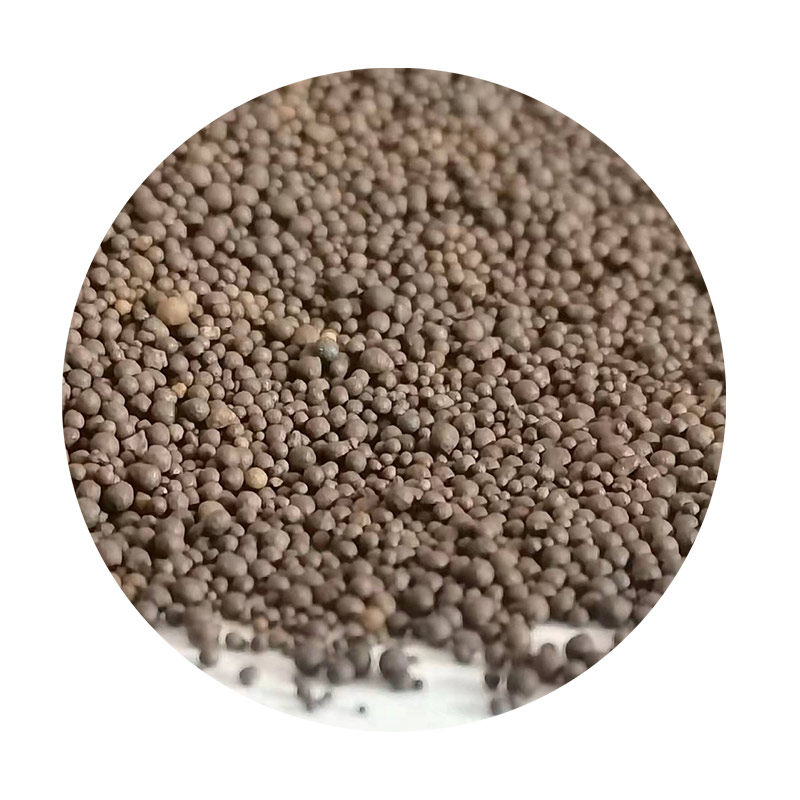Resin Bonded Sand Casting A Comprehensive Overview
Resin bonded sand casting is a sophisticated method utilized in the manufacturing sector, particularly for creating complex and high-precision metal components. This technique leverages the unique properties of resin to enhance the traditional sand casting process. To fully understand this innovative approach, it's essential to delve into its fundamentals, advantages, applications, and challenges.
Fundamentals of Resin Bonded Sand Casting
At its core, resin bonded sand casting involves mixing silica sand with a resin binder that hardens upon curing. This mixture is then packed into a mold, where it holds its shape without the need for additional support. The resin acts as a bonding agent, which offers superior dimensional accuracy and surface finish compared to conventional sand casting methods that typically rely on clay and water as binders.
The process begins with the preparation of the sand-resin mixture. The chosen resin, often a phenolic resin, is mixed with a catalyst and silica sand. This combination is then subjected to heat or chemical curing, allowing the resin to bind the sand particles together. Once the mixture reaches the required hardness, it is ready for use in mold making.
Advantages of Resin Bonded Sand Casting
One of the notable advantages of resin bonded sand casting is its ability to produce intricate shapes with high dimensional accuracy. The process allows for finer details due to the superior flowability of the resin-sand mixture. This results in a smooth surface finish, which can reduce or eliminate the need for extensive machining post-casting, leading to savings in time and production costs.
Additionally, resin bonded sand casting is highly versatile and can be utilized for both ferrous and non-ferrous metals. This flexibility allows manufacturers to tailor the process according to specific requirements, whether they are creating components for the automotive, aerospace, or consumer goods industries.
Another significant benefit is the reduced environmental impact when compared to traditional casting methods. Modern resins have been developed to be less harmful, and advancements in the recycling of sand in the casting process help minimize waste.
resin bonded sand casting

Applications of Resin Bonded Sand Casting
The applications of resin bonded sand casting are vast and varied. This technique is especially popular in industries requiring complex geometries and tight tolerances. For instance, in the automotive sector, manufacturers utilize this method to produce engine blocks, gear cases, and other critical components where precision and performance are paramount.
In aerospace, where components must withstand extreme conditions, resin bonded sand casting is employed to create parts that meet stringent safety and performance standards. Additionally, the utility of this casting method in producing bespoke parts for machinery, prototypes, and custom projects further highlights its importance across different sectors.
Challenges and Considerations
Despite its numerous advantages, resin bonded sand casting does present some challenges. The cost of resin materials can be higher compared to traditional sand casting methods, and the curing process, often requiring heat or chemical catalysts, can add complexity to production timelines. Moreover, careful management of the resin’s properties is crucial, as variations can affect the quality of the final product.
Additionally, while advancements have been made in making resins more environmentally friendly, concerns regarding toxic emissions during the curing process remain. Manufacturers must take precautions to ensure worker safety and comply with environmental regulations.
Conclusion
In conclusion, resin bonded sand casting represents a significant advancement in the casting industry. With its ability to produce high-precision and intricate designs, it has established itself as a valuable technique in various manufacturing sectors. By understanding both its advantages and challenges, businesses can make informed decisions on integrating this method into their production processes, ultimately leading to better products and increased efficiency. As technology continues to evolve, the resilience and applicability of resin bonded sand casting are likely to expand, paving the way for future innovations in metal casting.
Post time:Novemba . 07, 2024 13:31
Next:Innovative Techniques in Resin-Coated Sand Production for Improved Efficiency and Quality
